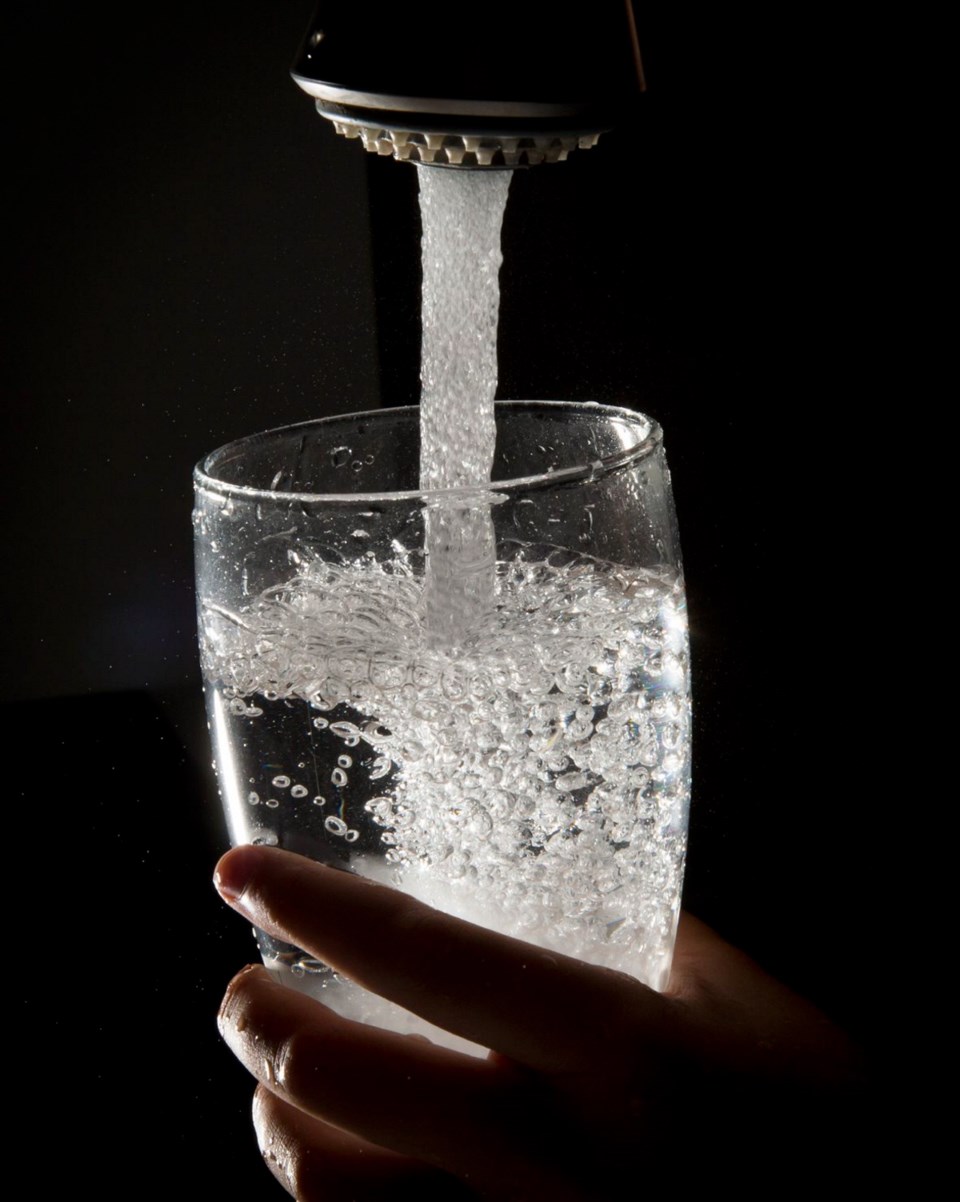A report about high levels of lead in drinking water in some Canadian cities is prompting questions about local water safety.
A year-long investigation by more than 120 journalists from nine universities and 10 media organizations, including the Associated Press and the Institute for Investigative Journalism at Concordia University in Montreal, collected test results measuring exposure to lead in 11 cities across Canada. Out of 12,000 tests since 2014, one-third exceeded the national safety guideline of five parts per billion; 18 per cent exceeded the U.S. limit of 15 ppb.
Aging infrastructure and plumbing are the prime culprits, the investigation said, with water coming from treatment facilities usually containing no lead. In B.C., the investigation focused on Prince Rupert, where corrosive rainwater draws lead from aging pipes.
“The issue is, of course, we now know that lead is ideally something that shouldn’t be in the human body and efforts are continuing to be made to reduce the lead burden as much as possible,” said Dr. Richard Stanwick, chief medical health officer with Island Health.
Exposure to lead has been linked to behaviour problems and learning disabilities in children, and kidney problems in adults.
Stanwick said the Capital Regional District has been on top of the issue, calling health authority officials in to discuss the Health Canada standard and how best to focus resources.
He said there will be a report going to the CRD on Nov. 20, “which is part of that first phase of testing the entire system.”
“That’s when the public will know exactly where any lead exists within the distribution system of the water that’s coming from Sooke Lake.”
Lead pipe materials were not commonly used in the region, according to a report that went to the Regional Water Safety Commission in September. Potential lead sources include individual components in the system and brass plumbing fixtures and solder used inside buildings.
Stanwick said copper and polyethylene pipe are being used extensively in the region. “We do know that there are some lead connections out there, but some of it’s been associated with fire-suppression hook-ups.”
On top of that, he said, CRD Integrated Water Services switched to using chlorine in water, which changes the way the water acts “so it’s less likely to corrode pipes that contain lead.”
The CRD has found elevated lead levels at two spots in its transmission system: Lansdowne and Foul Bay roads in Oak Bay, and Cook and Mallek streets in Victoria. According to a report to the Regional Water Safety Commission, the source of the lead is thought to be within the municipal systems.
The levels in both cases were below Canadian guidelines, but higher than in other areas sampled by the CRD.
Dan Horan, director of engineering services for Oak Bay, said despite the healthy reading, Oak Bay is still working to improve.
“Even if it’s within the standard, it’s an indication for us to look for areas to improve our water for the better,” said Horan.
He said continued testing and monitoring, done in partnership with the CRD, will assist and direct repair and replacement for water pipes in the municipality.
Horan said Oak Bay works from a water main plan. Pipes with older brass fittings or lead seals will be replaced as necessary or seems prudent.
“As we rehabilitate and replace our system going forward, it should have a positive impact.”
Jas Paul, the City of Victoria’s assistant director of engineering, said the city continues to monitor and test the levels of lead in its drinking water.
Some of the city’s older cast-iron pipes were not sealed with rubber gaskets when joined. Instead, lead solder was used.
Paul said Victoria is lucky in that the water from Sooke Lake Reservoir is not very corrosive, even with lead. As a result, the material is not dissolving at rates to create a health hazard.
As maintenance work progresses on Victoria’s infrastructure, the older pipes are being replaced or rehabilitated.
“What we are doing is either replacing those mains or lining them, putting a new pipe inside the old one,” Paul said.
A big step is determining how best to work with homeowners, Stanwick said. “Because what if you’ve got a lead-service line, that’s going to be an issue?”
It is a good idea to turn taps on for a few seconds after they have been off for a long time — even overnight — to ensure any lead that has accumulated will be dispersed.
The Greater Victoria School District installed new drinking-water fountains and filtration systems at several schools after tests revealed elevated levels of lead, especially after water had sat in pipes for long periods of time.
In the Saanich School District, autoflushing devices were installed in all schools after lead levels were found to be slightly over the recommended limit at Sidney Elementary.
> Lead levels in some Canadian water higher than Flint: report, A8



